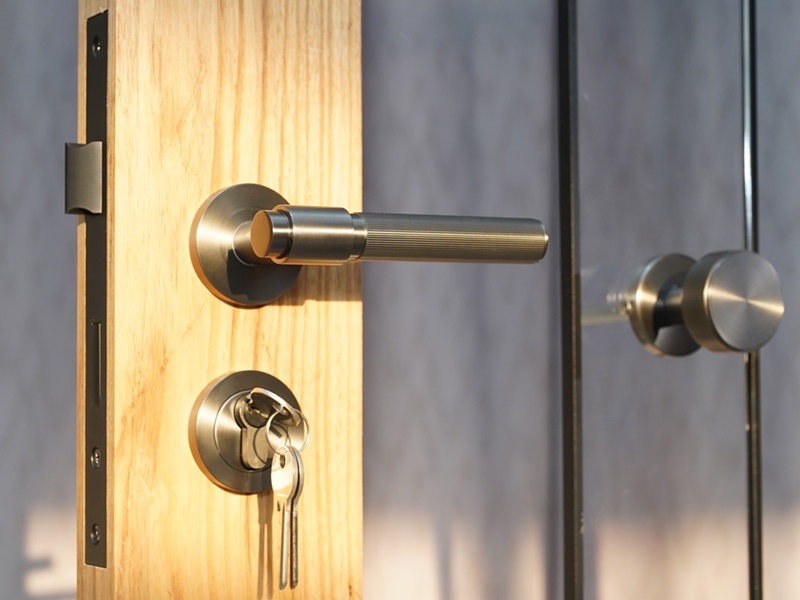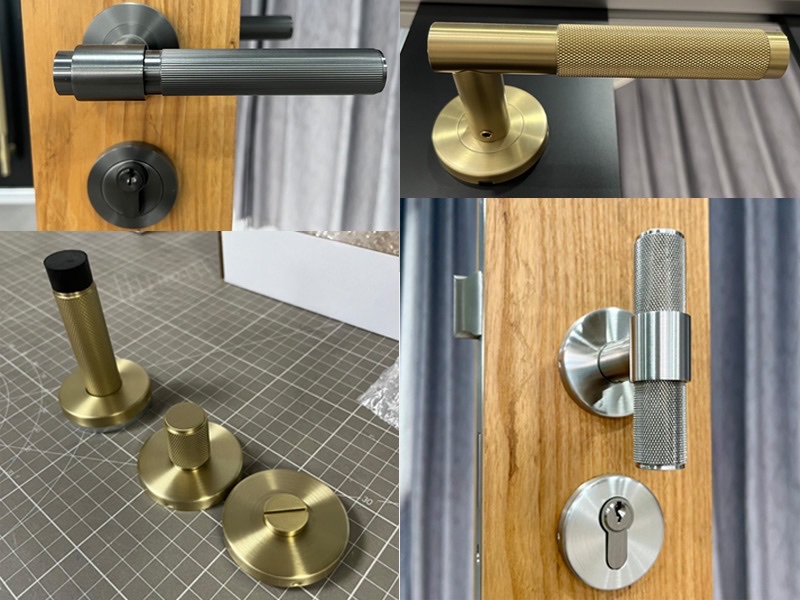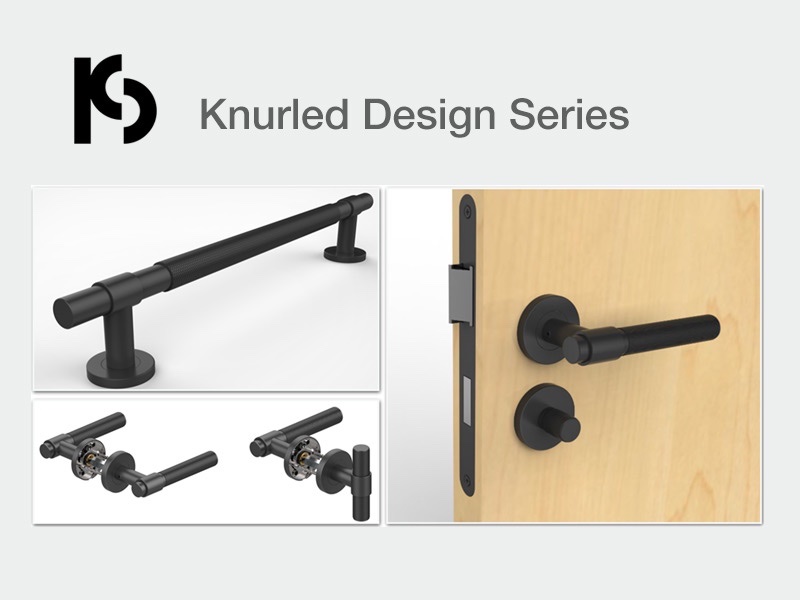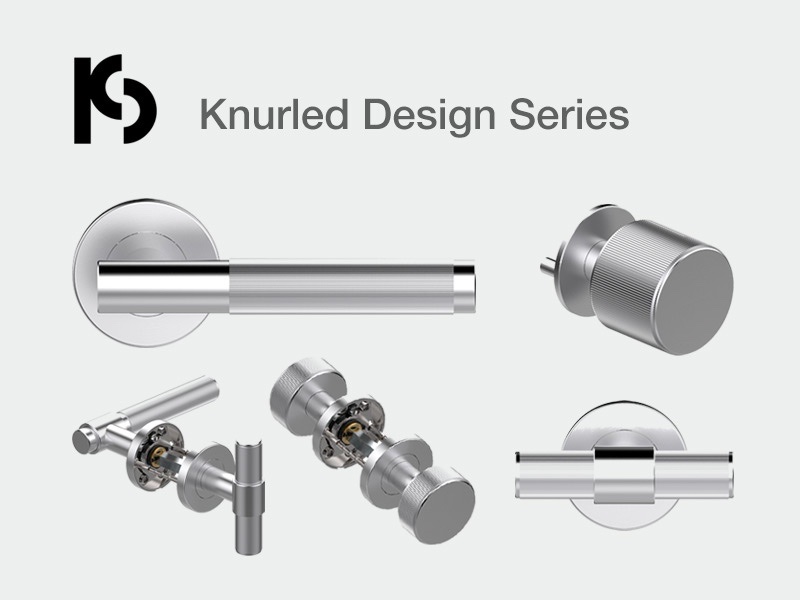Recent Posts
-
Supplier-Led PVD Color Control: Ensuring Consistent Hardware Finishes | PCS Solutions
Discover how supplier-led PVD color management ensures consistent hardware finishes. Learn centralized processing, pre-shipment checks & cost-effective solutions for flawless project execution. Partner with experts today.
-
Ensuring Consistent PVD Colors for Hardware: Purchaser-Led Solutions | PCS Guide
Learn how to maintain PVD color consistency in hardware projects. Discover purchaser-led strategies like standardized samples, process control & remote verification to minimize color variations. Ideal for large-scale orders.
-
Solid vs Tube Knurled Handles: Key Differences & Best Options | PCS Hardware
Learn how tube thickness affects knurled door handles' texture, durability & cost. Choose between 1.5mm-3.0mm tubes or solid options for premium results. Expert insights for architects & designers. Contact us today!
-
Premium Knurled Hardware Collection - Real Photos, Exact Quality | PCS Hardware
Discover our knurled hardware series with true-to-life photos showing exact textures and finishes. Perfect for modern, classic, or eclectic designs. Boost your business with premium, adaptable hardware solutions. Contact us today!
-
All-Black Knurled Door Handles - Modern Luxury, Fully Customizable | PCS Hardware
Elevate your space with our all-black knurled series—sleek, modern & fully customizable. Perfect for doors, cabinets & bathrooms. Achieve seamless home integration with matching design elements. Contact us for premium hardware solutions!
-
Custom Knurled Door Handles – Luxury Texture, Universal Compatibility | PCS Hardware
Upgrade your space with knurled series door handles—luxurious texture, customizable designs & universal compatibility. Perfect for doors, cabinets & bathrooms. Ideal for designers & DIY enthusiasts. Contact us for premium hardware solutions!
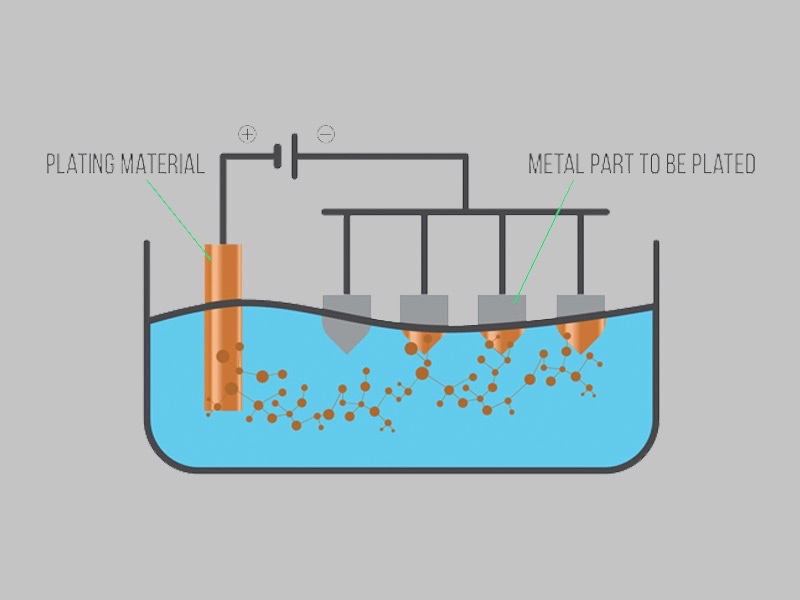
This document addresses issues related to internal components (iron-based parts) that require processing, electroplating, inspection, and assembly prior to installation. However, nonconforming electroplating results frequently occur during production.
Standard Nonconformance Handling Process:
1, Return defective components to the plating vendor.
2, The vendor must professionally strip all defective plating layers, perform thorough cleaning, and re-plate the components.
Unapproved Shortcut Practice:
Some suppliers occasionally use prohibited chemical agents to locally remove defective plating areas without full stripping, followed by direct re-plating. This method evades detection during routine inspections and standard salt spray testing (e.g., ASTM B117).
Latent Failure Case Study:
During a German port strike (3+ months container detention), components endured:
Extreme high temperatures (exceeding 50°C)
Excessive humidity (95% RH sustained)
High salinity levels (coastal atmospheric corrosion)
Result:
Complete internal rusting of iron components
Corrosion propagation to external stainless steel parts
Total product failure due to galvanic corrosion
Preventive Measures:
To mitigate such risks, we must:
Implement AS5553-based supplier quality protocols
Enforce cross-sectional microscopy verification for reworked parts
Conduct accelerated aging tests simulating 6-month marine exposure (per ISO 9223 CX-class)
Mandate electrochemical impedance spectroscopy (EIS) for coating integrity validation
This incident underscores the critical need for supplier process audits and enhanced corrosion protection standards in maritime applications.

